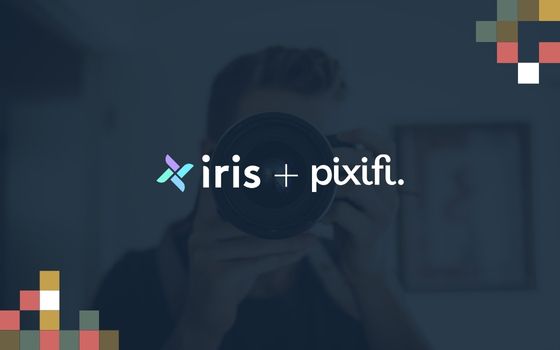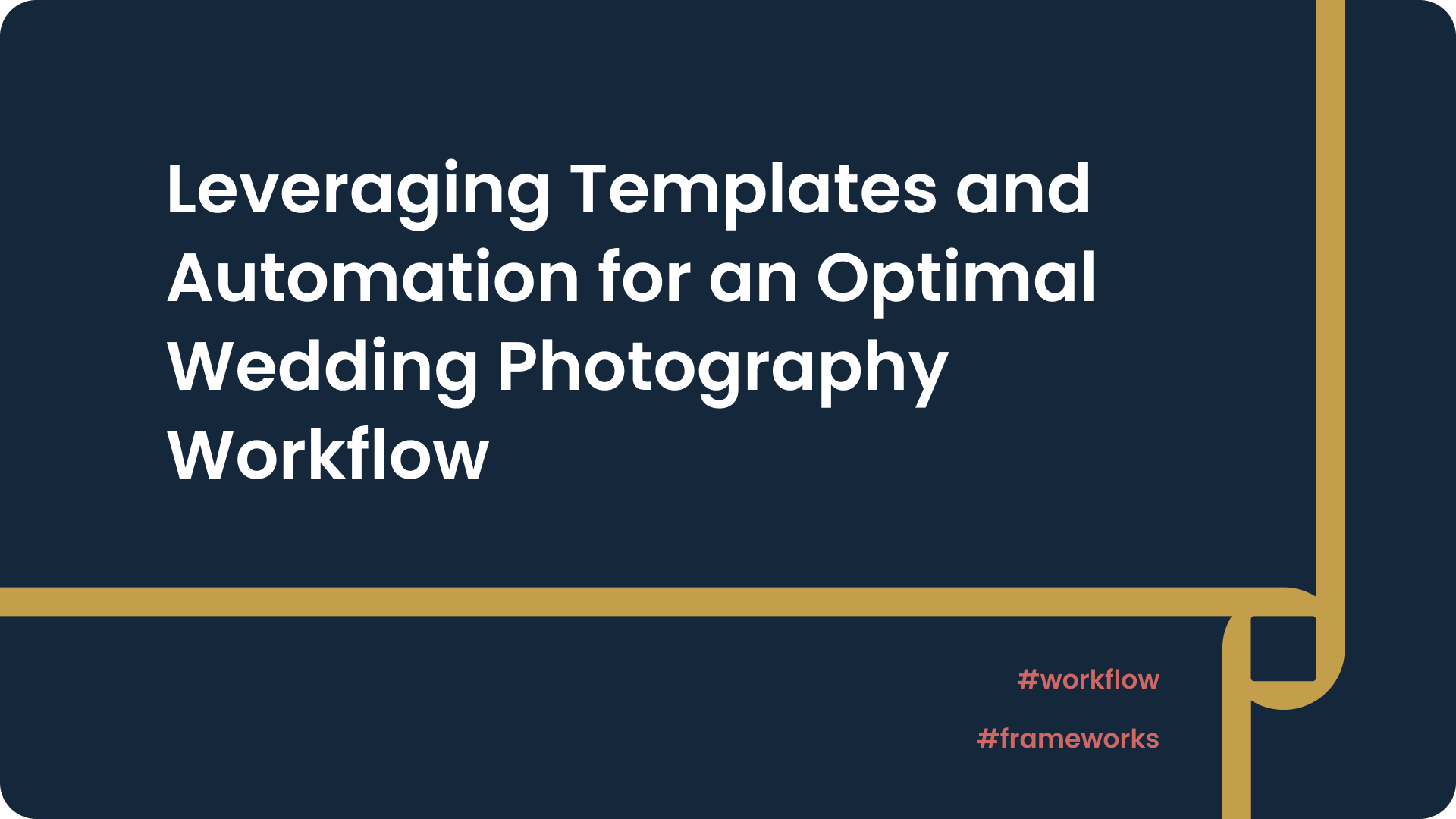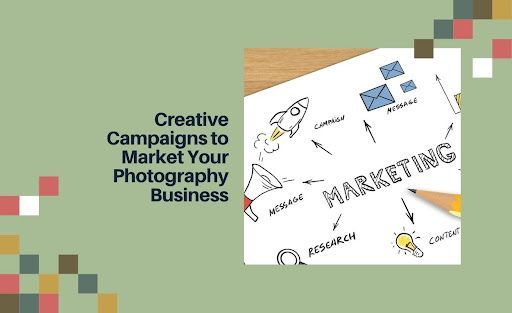Leveraging Templates and Automation for an Optimal Wedding Photography Workflow
Wedding photography is a rewarding profession that combines artistic skill and interpersonal finesse. However, behind the beautiful images lies a comprehensive workflow that keeps everything running smoothly. In this 1500-word essay, we will explore how templates and automation can help streamline your wedding photography workflow, saving time and increasing efficiency.
The Power of Templates and Automation
Firstly, it's crucial to understand the value of templates and automation in a wedding photography workflow. Templates standardize your processes, creating consistency and reducing the time spent crafting similar items from scratch. Meanwhile, automation handles repetitive tasks, freeing up more time for creative pursuits. Together, they form an invaluable part of an efficient workflow.
The Optimal Wedding Photography Workflow
- Client Inquiry and Initial Response
- Automation can play a critical role at the beginning of your workflow. Automated responses to inquiries not only ensure clients receive a timely response, but they also provide valuable information about your services.
- Templates are also beneficial at this stage. A pre-designed email template can ensure you don't miss any critical details when responding to clients.
- Consultation and Booking
- After the initial contact, it's time for a consultation. This is your chance to learn more about the couple and their expectations.
- Here, a consultation form template can ensure you gather all the necessary details about the couple, their wedding, and their photographic expectations. Automation can come into play by automatically scheduling the consultation based on your availability, using tools like Calendly.
- Pre-Wedding Preparation
- Prior to the wedding, you need to plan your shots, understand the timeline, and scout the location. A shot list template will help ensure you capture all the essential moments and any unique requests the couple may have.
- Automation can also aid in organizing site visits, again through scheduling tools, and automated reminders can ensure these crucial tasks are not forgotten.
- Wedding Day
- On the big day, your main focus should be taking beautiful photos. Automation can't help with the artistic side, but it can ensure your day is organized. A detailed, automated itinerary can keep you on track with when and where you need to be.
- Post-Processing
- This stage involves sorting, editing, and delivering your images. This is another area where automation shines. Image sorting and basic editing tasks, such as color correction, can be automated using software like Lightroom, saving countless hours.
- Furthermore, a predefined email template can be used to inform your clients when their photos are ready, what to expect, and how they'll receive them.
- Delivery and Follow-Up
- Finally, deliver the images to the client and request feedback. Use a delivery email template to provide download or access instructions, express your appreciation, and request reviews or referrals.
- Automation can be used to schedule follow-up emails to ensure clients are satisfied and to gently remind them to leave a review if they haven't already done so.
Conclusion
An optimal wedding photography workflow harnesses the power of templates and automation. This potent combination minimizes repetitive tasks, standardizes processes, and ensures all aspects of the workflow are covered efficiently, freeing up time for the photographer to focus on their craft.
By integrating templates and automation into your workflow, you can enhance client communication, stay organized, expedite post-processing, and ultimately provide a superior service to your wedding photography clients.
More from Pixifi











